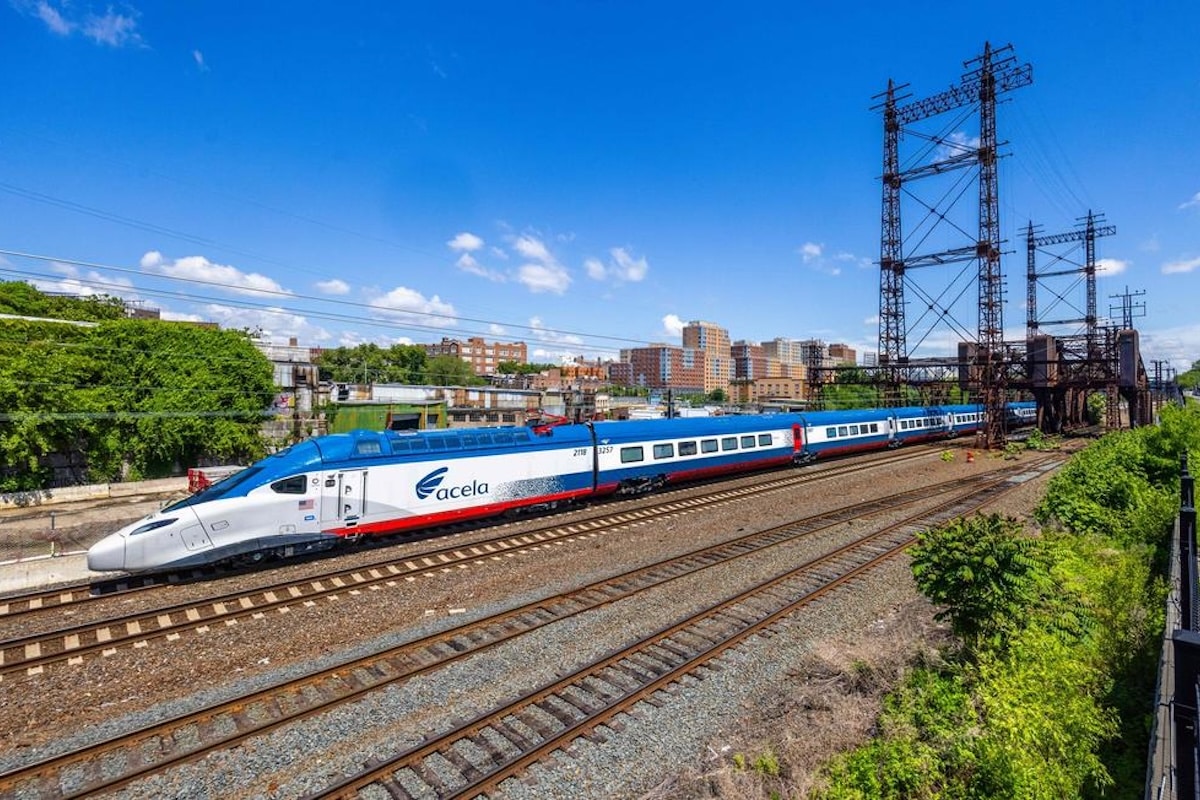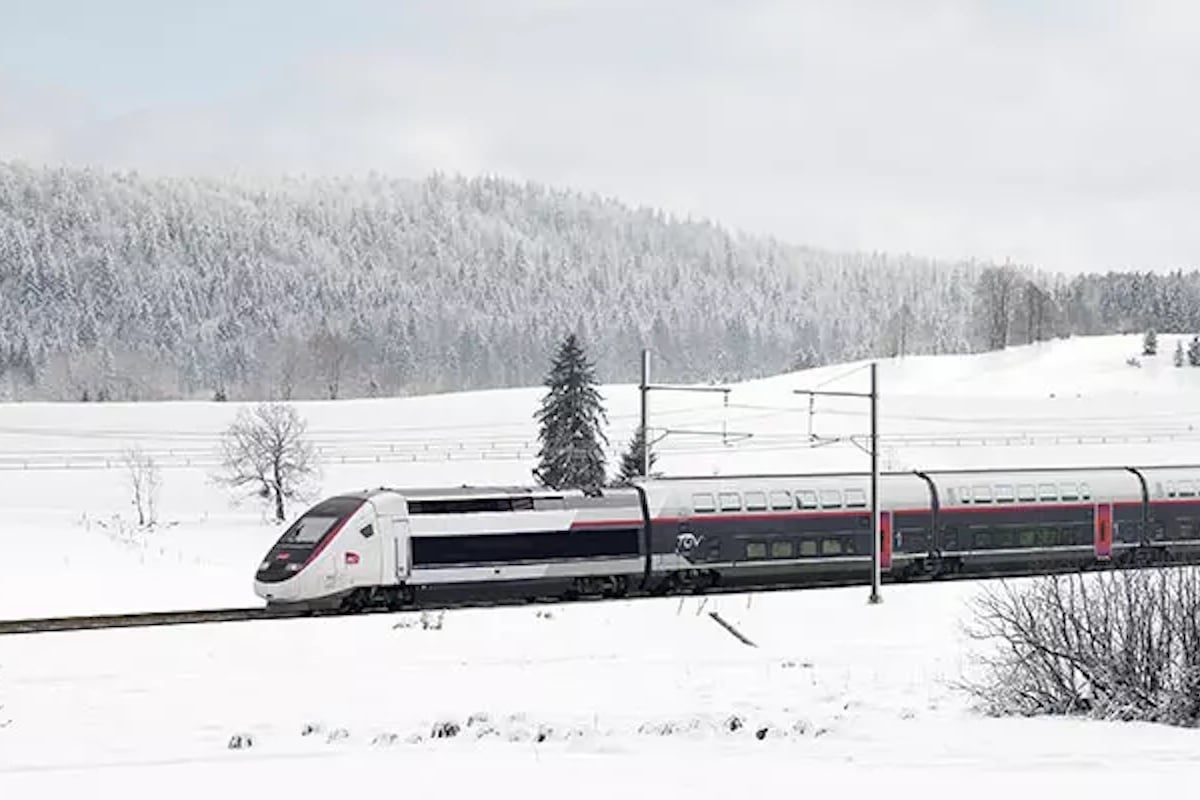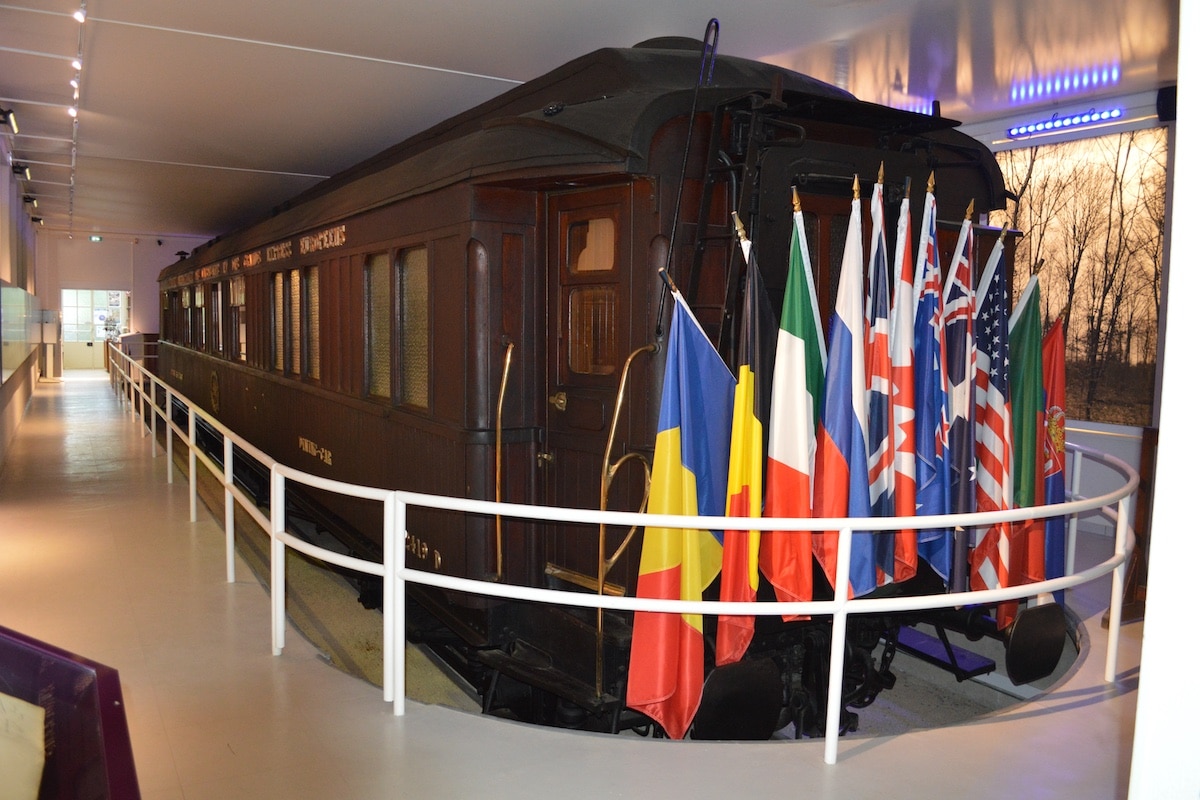The TGV Arrives in the United States and Sets Speed Records

Alstom delivered its first trains of TGV to the American company Amtrak, setting a speed record.
Half a century after the invention of the High-Speed Train in France, America is finally experiencing its railway revolution. Amtrak has officially launched the commercial service of its new NextGen Acela trains, built by Alstom, which are now the fastest trains ever put into service in the United States. Capable of reaching 260 km/h, these trains mark the concrete arrival of the TGV across the Atlantic, on the heavily trafficked Northeast Corridor connecting Washington to Boston via New York. However, we are still far from the 320 km/h operated in France, as the American rail network is too outdated to support such a comparison.
A major first for the American industry
It is a symbol: never before have high-speed trains been designed and assembled in the United States. Alstom chose to produce the trains in Hornell, New York, involving 180 suppliers across 29 states and incorporating 95% of components sourced from the U.S. The project has created approximately 15,000 direct and indirect jobs, transforming Hornell into a true railway hub.

You might be interestedin this article:
For Henri Poupart-Lafarge, CEO of Alstom, this launch illustrates a know-how now “made in America, for America,” while benefiting from nearly five decades of French experience in high-speed travel.
French technology, American service
Derived from the Avelia family, the Acela NextGen trains are based on the Avelia Liberty model, specifically adapted for the North American market. Thanks to their active tilting system Tiltronix, they can take curves up to 30% faster than conventional trains, while ensuring stability and comfort.
Equipped with lightweight components, a regenerative braking system, and optimized aerodynamics, these trains consume less energy while providing better performance.
More seats and redesigned comfort
Each train offers 27% more seats compared to the previous generation. On board, travelers enjoy larger windows, ergonomic seats with more legroom, free Wi-Fi, USB ports, electrical outlets, and a modernized bar area. Amtrak plans to run 40% more trains on the corridor to meet high demand.

Beyond performance, the arrival of the TGV in America represents a major political and industrial milestone. Federal investment and that of the State of New York have allowed Alstom to modernize its Hornell factory, now the largest passenger train production unit in the country.
“Today marks a turning point for American rail,” summarized Michael Keroullé, president of Alstom Americas. For its part, Amtrak sees this new fleet as the opening of “a new era for high-speed rail,” according to its president Roger Harris.
A lasting presence in the United States
The relationship between Amtrak and Alstom does not end with the delivery of the 28 trains. A 15-year renewable technical and logistical support contract includes the provision of spare parts, training, and predictive maintenance through hundreds of embedded sensors.
With this commissioning, the United States joins the ranks of countries where high-speed rail is no longer a promise but a reality. And for the first time, it is indeed a TGV “made in USA” that embodies this revolution.
ALSO READ: What is Velvet, the French private railway company?
This page is translated from the original post "Le TGV débarque aux États-Unis et bat des records de vitesse" in French.
We also suggestthese articles:
Also read






